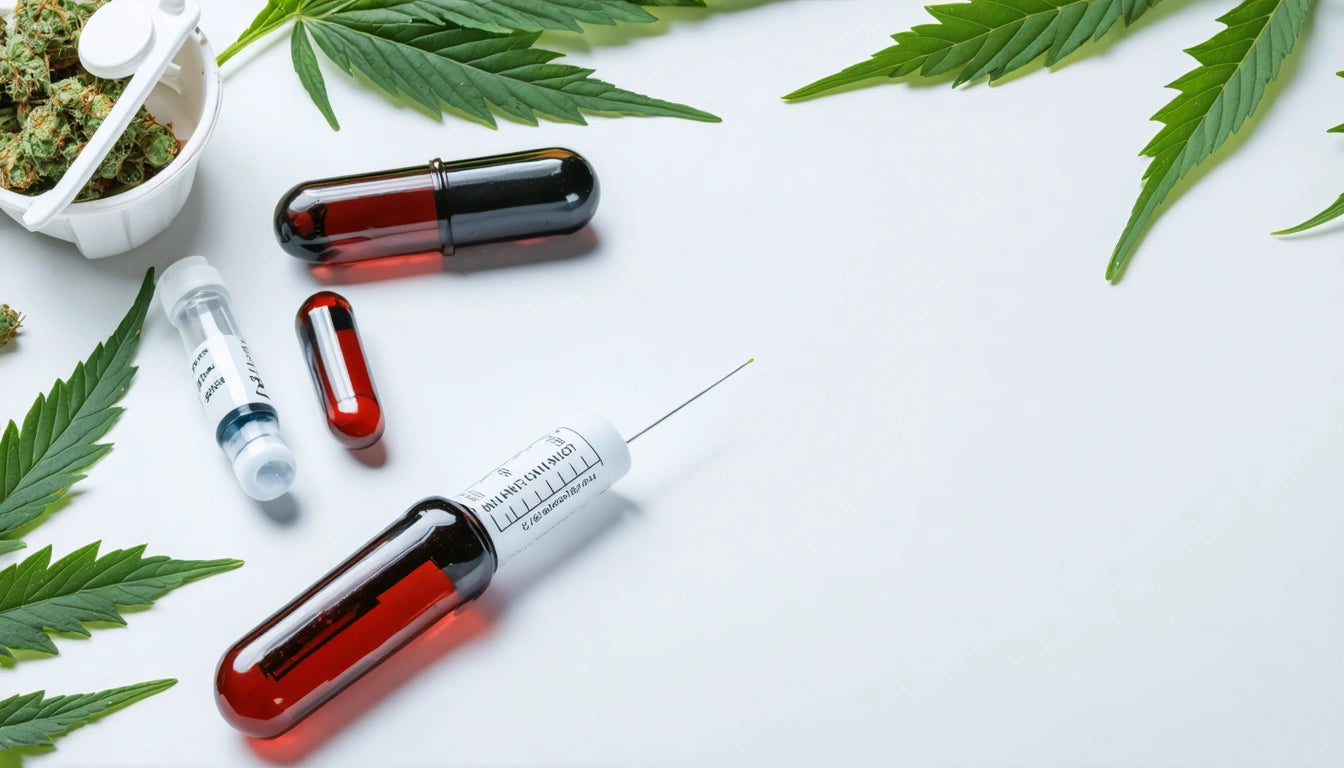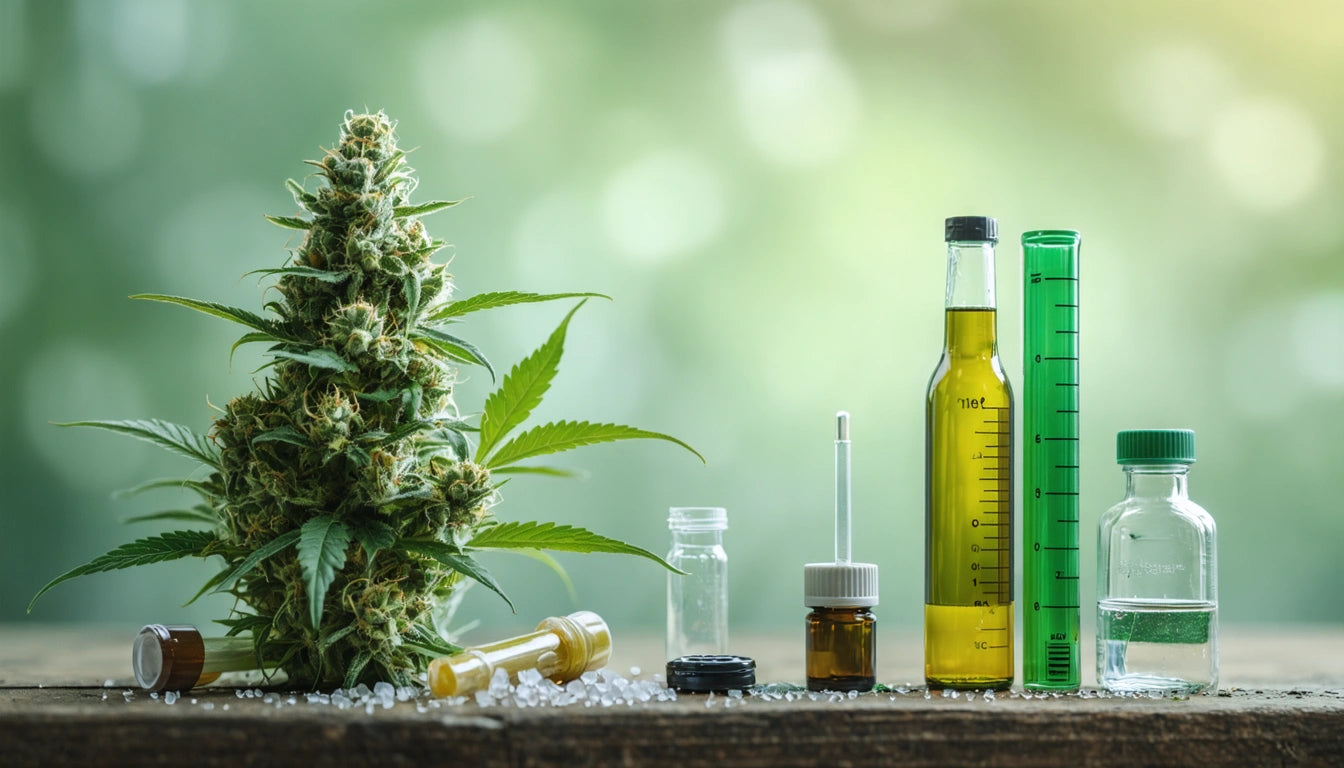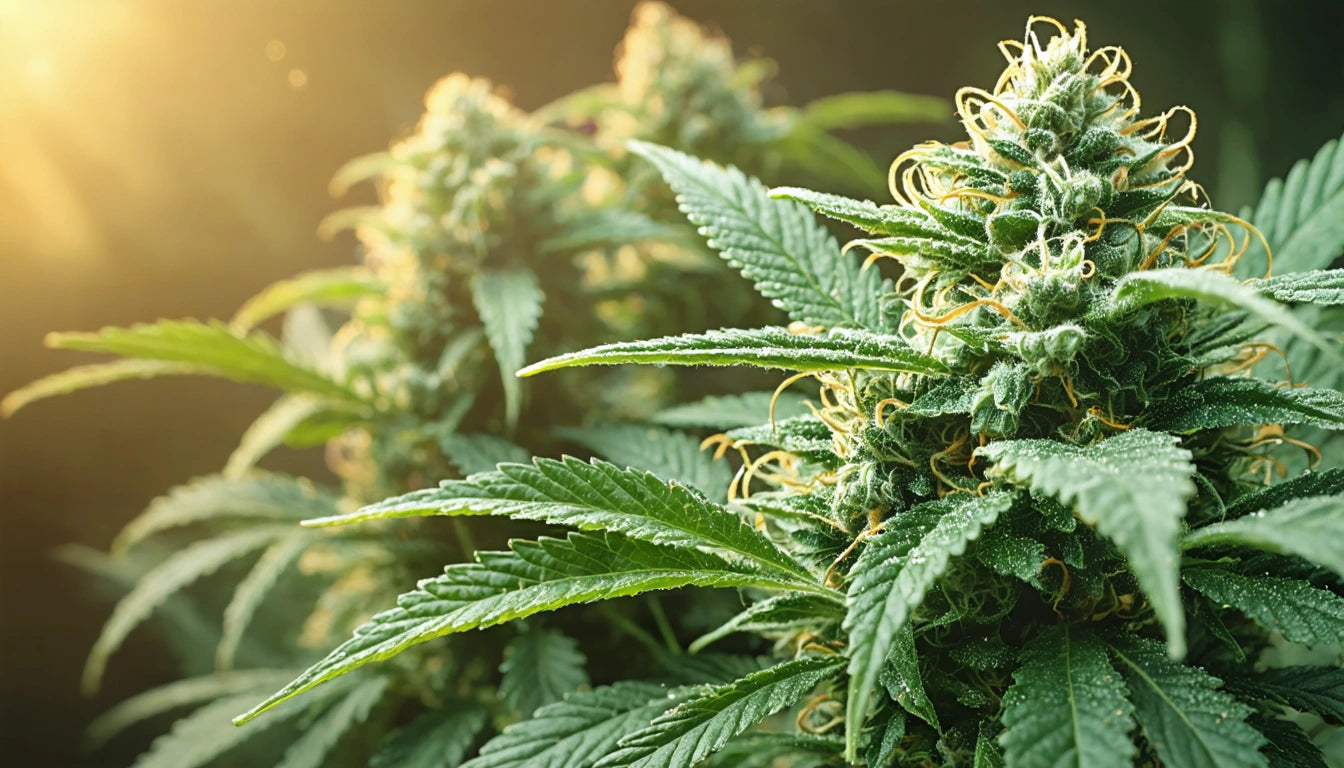Does THC Show Up in Blood Tests?
Cannabis users often wonder if THC shows up in blood tests and how long it remains detectable. The short answer is yes, THC can be detected in blood tests, but the detection window and concentration levels depend on various factors including usage patterns, metabolism, and the specific testing methods used.
THC Detection in Blood Tests: The Basics
Blood tests can detect both THC (delta-9-tetrahydrocannabinol) and its metabolites, primarily 11-nor-9-carboxy-THC (THC-COOH). When cannabis is consumed, THC enters the bloodstream rapidly, especially when smoked or vaporized. This makes blood testing particularly effective for identifying recent use.
Unlike urine tests that primarily detect metabolites, blood tests can identify active THC, which provides a better indication of current impairment rather than just past use. This distinction is crucial in contexts like roadside testing or workplace incidents where current impairment is the primary concern.
How Blood Tests Detect THC and Its Metabolites
Blood tests for THC typically use methods such as gas chromatography-mass spectrometry (GC-MS) or liquid chromatography-tandem mass spectrometry (LC-MS/MS). These highly sensitive techniques can detect even small amounts of THC and its metabolites in the bloodstream.
According to research on THC and carboxy-THC, blood tests usually screen for both the psychoactive compound (THC) and its non-psychoactive metabolite (THC-COOH). The presence of active THC indicates recent use, while THC-COOH can be detected for a longer period after the psychoactive effects have subsided.
Detection Window for THC in Blood
The detection window for THC in blood is relatively short compared to other testing methods:
- For occasional users (once a week or less): THC typically remains detectable in blood for 1-2 days
- For moderate users (several times per week): Detection possible for 2-3 days
- For heavy, chronic users: THC may be detectable for up to 7 days or longer
Active THC clears from the bloodstream relatively quickly, usually within hours of use. However, as detailed in this guide on THC detection windows, the metabolite THC-COOH can remain present in blood for a longer period, especially in regular users due to accumulation in fat cells and gradual release back into the bloodstream.
Factors Affecting THC Detection in Blood
Several factors influence how long THC will show in a blood test:
1. Frequency of Use
Regular cannabis users tend to have THC and its metabolites present in their blood for longer periods due to accumulation in fat tissues. When providing proper packaging for cannabis products, we often educate customers about how consumption frequency affects detection times in various tests.
2. Metabolism and Body Composition
Individuals with faster metabolisms and lower body fat percentages typically clear THC from their systems more quickly. THC is lipophilic (fat-soluble), so it tends to linger longer in people with higher body fat percentages.
3. Potency and Quantity Consumed
Higher potency products and larger consumption amounts result in higher blood concentrations and potentially longer detection windows. Modern cannabis products often have significantly higher THC concentrations than in previous decades.
4. Method of Consumption
Inhalation methods (smoking, vaping) lead to immediate blood presence but faster clearance. Edibles result in delayed but sometimes longer-lasting blood concentration levels.
THC Products and Blood Test Results
Different cannabis products affect blood test results in various ways:
Flower and Concentrates
Smoking or vaping flower or concentrates results in rapid THC absorption into the bloodstream, with peak levels occurring within minutes. However, these levels also decline relatively quickly compared to other consumption methods.
Edibles and Oils
When consumed orally, THC undergoes first-pass metabolism in the liver, converting to 11-hydroxy-THC before entering the bloodstream. This process results in delayed onset but sometimes longer detection windows in blood tests.
Topicals and Transdermals
A common question is whether THC cream shows up on a blood test. According to research on THC topicals and drug testing, most standard topicals have minimal systemic absorption and are unlikely to trigger a positive blood test result. However, transdermal products designed specifically for bloodstream delivery may result in detectable levels.
Comparing Blood Tests to Other Testing Methods
Blood tests offer distinct advantages and limitations compared to other cannabis testing methods:
- Blood vs. Urine: Blood tests have shorter detection windows (days) compared to urine tests (weeks for heavy users), but better indicate recent use and potential impairment
- Blood vs. Saliva: Both have similar detection windows, but blood tests are more invasive and typically more accurate
- Blood vs. Hair: Hair tests can detect THC use for months, while blood tests are limited to days or weeks at most
As explained in this comprehensive guide on THC and drug testing, blood tests are generally considered more invasive but provide a more accurate picture of recent cannabis consumption and potential current impairment.
Navigating THC Testing in Various Contexts
Understanding when and why THC blood testing occurs helps cannabis users make informed decisions:
Medical Settings
In healthcare contexts, blood tests that detect THC are typically performed for specific medical reasons rather than punitive purposes. It's important to be honest with healthcare providers about cannabis use as it may affect treatment decisions, medication interactions, or interpretation of symptoms.
Legal and Employment Contexts
For legal situations like DUI investigations, blood tests are the preferred method as they better correlate with current impairment. In employment contexts, blood tests are less common than urine screening due to their invasive nature and shorter detection window.
While cannabis legalization continues to expand across states, testing policies remain complex and varied. Being informed about how THC appears in blood tests empowers users to make responsible choices about timing and consumption methods based on their specific circumstances.











Leave a comment
All comments are moderated before being published.
This site is protected by hCaptcha and the hCaptcha Privacy Policy and Terms of Service apply.